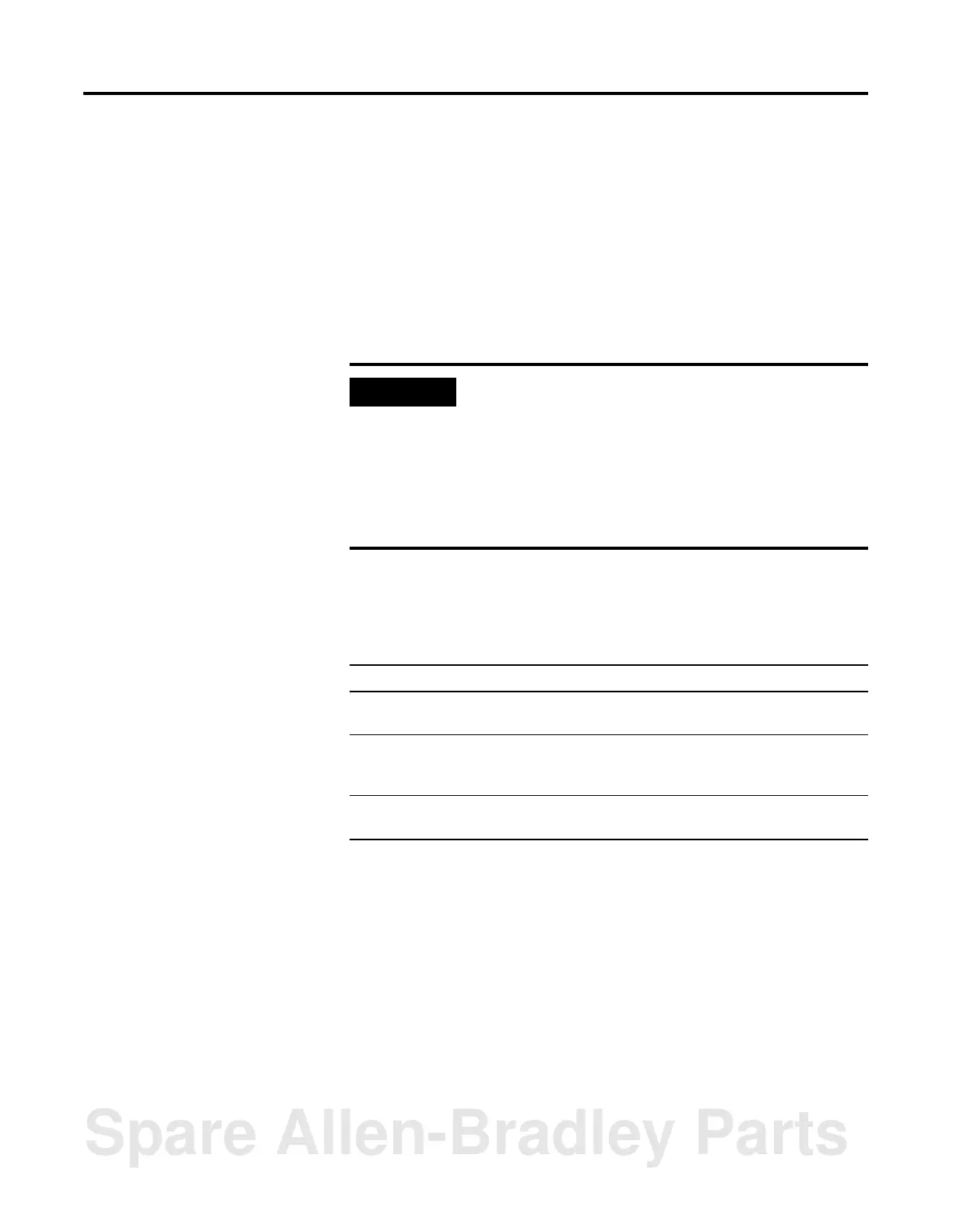1 Publication 1756-RM084F-EN-P - July 2002
Chapter
8
Structuring the Tag (.CSV) Import/Export
File Format
Introduction
This chapter explains the overall structure of a tag import/export file.
The file extension for a tag import/export file is .CSV.
Conventions
The tag import/export utility is based on the CSV format used by
spreadsheet programs. The examples follow these conventions:
The CSV (comma separated values) format uses the separator value
defined in the registry to identify separate information. A common
separator value is a comma. In Windows NT, check your separator
value, or change the value, with the List separator option on the
Number tab at:
Start → Settings → Control Panel → Regional Settings
White space characters include spaces, tabs, carriage return, newline,
and form feed. These characters can occur anywhere in an
import/export file, except in keywords or names. If white space
characters occur outside of descriptions, they are ignored.
IMPORTANT
To edit the .CSV file, it is recommended that you use
a database program tool, such as Microsoft Access,
or a raw text editor. Many other desktop tools, such
as Microsoft Word or Excel, might change the
structure of the .CSV file and cause an import of the
file to fail. For more information on the implications
of using Excel to edit the exported .CSV file, see
appendix A.
Convention: Meaning:
user_value
items in italics indicate user-supplied
information
LITERAL
items in all uppercase indicate a required
keyword or symbol that must be entered
as shown
“ “
double quotes must enclose some values,
as shown in the examples
Spare Allen-Bradley Parts

